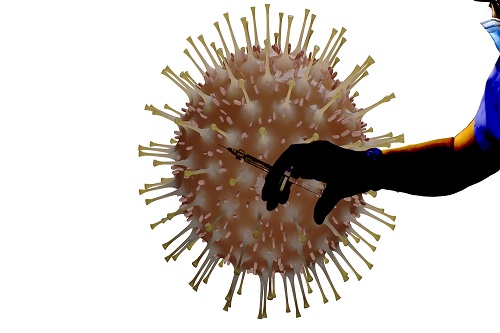What’s Next? How Public Health Departments Will Experience the Second Half of 2021

Things are changing so quickly right now that our fundamental assumptions about how the world works are shifting by the minute – and nowhere is this truer than the public health arena. A year ago, state and local public health experts were singularly focused on keeping as many people as possible alive by mitigating the spread of COVID-19 so that hospitals wouldn’t be overwhelmed by patients needing oxygen and other care. Then the vaccines started coming, and for the last six months health services have been at the forefront of getting as many people inoculated as possible. So what does the world of public health look like now that the pandemic is (seemingly) winding down here in North America? Here are three predictions for what SSG sees happening for the rest of the year:
- Preventative medicine is going to take center stage. One of the major functions of public health departments is to offer health services that prevent problems from becoming crises at the community level and at the individual level. Programs such as environmental assessments for early detection of lead poisoning and services for at-risk children have taken a backseat to the pandemic for a year and a half. As we return to some semblance of normal, functions that have been ignored or difficult to deliver are going to bounce back. And there will most likely be more demand than we have ever seen because so many people who have not gotten regular medical care are going to be scheduling their appointments over the next few months. We are already seeing backlogs for basic public health initiatives, and the flood is not going to abate anytime soon.
- Technology will be paramount. The COVID-19 pandemic stretched and tested every public health department in North America, and problems that may have gotten swept under the rug during normal times were quickly exposed. One of the biggest issues is that many IT systems are older and don’t integrate particularly well with each other. That’s no longer an option. We expect to see a renewed focus on building and supporting infrastructures that allow public health departments to meet the needs of their communities and also keep records and track data in a far more efficient way than we’ve seen in the past – and we predict there will be a resurgence in the grant money and other funding available for such work.
- Everyone will be getting ready for the “next one.” It has been a century since the last global pandemic took as much of a toll as the novel coronavirus, but experts are predicting that the next one may occur a lot sooner than that – and we need to be ready for it. State, county, and city public health departments will be on the front lines for the next pandemic, and they should already start their preparations so as not to be caught flat-footed. Expect to see a wave of planning as health departments dedicate considerable resources to coming up with programs to mitigate the risk of the next major outbreak, or even prevent it altogether. The good news is that health professionals learned a lot over the last year and a half, and many of the lessons learned will find their ways into long-term strategies to keep residents healthy.
Those aren’t the only trends that we expect to see over the next few months, but we think that those are the most important as we all continue to dig out from the devastating effects of the last year and a half. For the first time in decades – if not ever – governments at every level have recognized the critical role that their health departments play in keeping people alive and keeping the economy moving. We all need to ride this momentum and make sure that as much progress is made while the public is still focused on this critical issue.
Visit our public health blog for more predictions on what’s next for public health.